Home>diy>Building & Construction>What Is Excavation Work In Construction
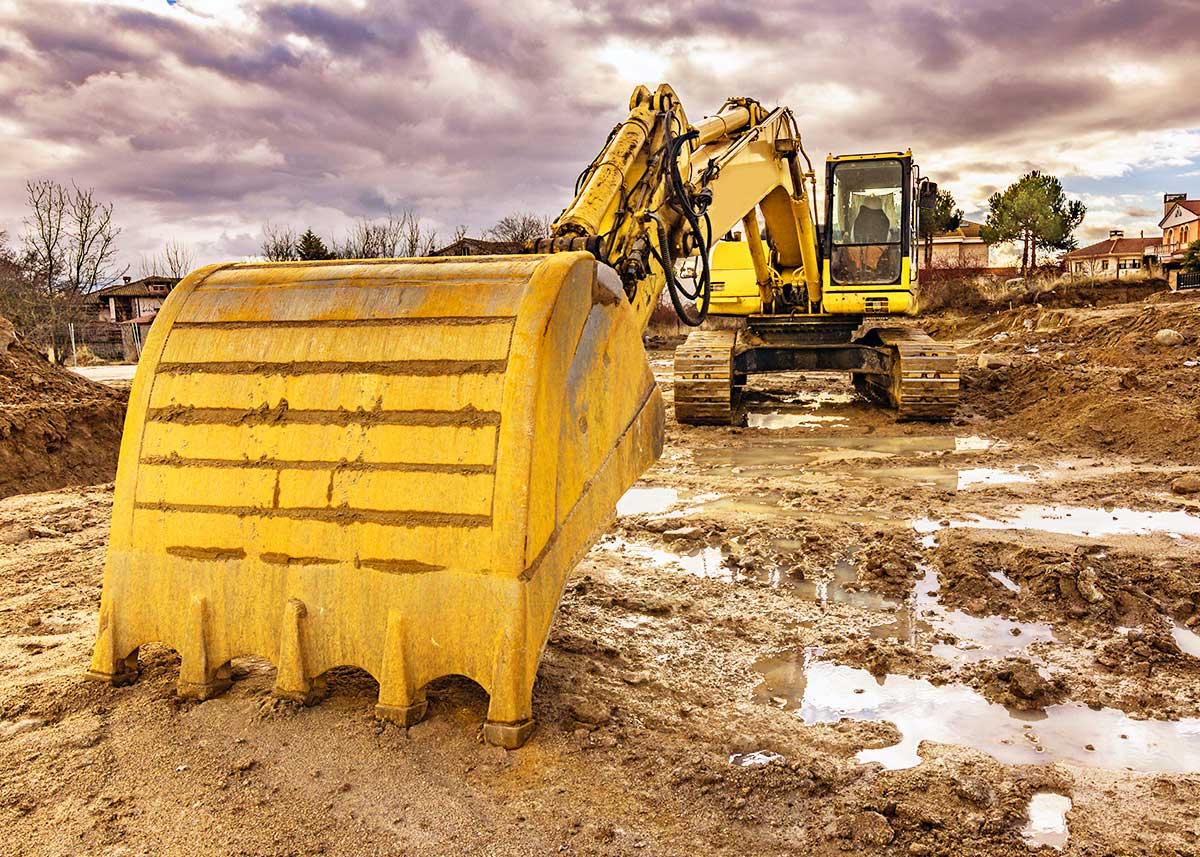

Building & Construction
What Is Excavation Work In Construction
Modified: January 6, 2024
Learn more about excavation work in construction and its importance in building-construction projects. Gain insights into the process, equipment, and safety measures involved.
(Many of the links in this article redirect to a specific reviewed product. Your purchase of these products through affiliate links helps to generate commission for Storables.com, at no extra cost. Learn more)
Introduction
Construction projects involve a wide range of complex and specialized tasks, and one of the fundamental processes is excavation work. Excavation is an essential component of construction, serving as the initial step in creating a foundation for a building or structure. Whether constructing a residential building, commercial complex, or infrastructure project, excavation work plays a crucial role in shaping the site and preparing it for further construction activities.
Excavation work is the process of moving earth, rocks, and other materials to create a cavity or void in the ground. This cavity is typically intended to accommodate the foundation, basement, utilities, or other underground structures. Excavation work requires careful planning, skilled labor, and the use of specialized equipment to ensure optimal results.
In this article, we will delve into the world of excavation work in construction, exploring its significance, techniques, equipment used, and safety considerations. By understanding the fundamentals of excavation, you will gain valuable insights into the intricacies of construction projects and the crucial role excavation plays in laying the groundwork for successful construction endeavors.
Key Takeaways:
- Excavation work is crucial for creating stable foundations, installing utilities, and shaping construction sites. It involves various techniques, specialized equipment, and safety considerations to ensure successful and safe projects.
- Understanding the challenges and safety considerations in excavation work is essential for ensuring the well-being of workers and the successful completion of construction projects. Adhering to proper techniques, equipment usage, and safety protocols is integral to reducing risks and preventing accidents.
Read more: What Does Excavation Mean In Construction
Definition of Excavation Work
Excavation work, in the context of construction, refers to the process of removing earth or other materials from a site to create a hollow space or cavity. This space is typically excavated to accommodate the foundation of a building or structure, underground utilities, or other required underground structures.
Excavation work involves various tasks, such as digging, trenching, grading, and backfilling. It is a labor-intensive and specialized process that requires expertise and precision to ensure that the excavated area meets the required specifications and is prepared for the subsequent construction stages.
Excavation work is not limited to digging a simple hole or trench; it involves intricate planning and execution to achieve the desired results within the defined parameters. The excavation process may also involve the removal of obstacles, such as rocks, debris, or trees, from the site to create a clear and safe working area.
Proper excavation work is vital for the stability, safety, and longevity of any construction project. The excavation phase sets the foundation for the entire structure, ensuring that it is built on stable and level ground. Additionally, excavation work allows for the installation of crucial underground utilities, such as plumbing, electrical systems, and drainage.
Throughout the excavation process, various factors need to be considered, such as soil conditions, groundwater levels, underground obstructions, and the proximity of neighboring structures. It is essential to adhere to local building codes and regulations to ensure compliance and safety during excavation work.
Now that we have a clear understanding of what excavation work entails, let us explore the importance of excavation in construction projects.
Importance of Excavation in Construction Projects
Excavation is a critical component of construction projects, and its importance cannot be overstated. Here are several reasons why excavation plays a crucial role in the success of construction endeavors:
1. Foundation Preparation: Excavation is necessary to create a solid foundation for any building or structure. It ensures that the ground is properly leveled, compacted, and able to support the weight and load-bearing requirements of the structure. A well-executed excavation process sets the stage for a stable and durable foundation, ensuring the structural integrity of the entire project.
2. Utility Installation: Excavation work provides a pathway for the installation of underground utilities. These utilities include water and sewer lines, electrical conduits, and communication cables. By creating trenches and tunnels, excavation allows for the safe and efficient installation of these crucial systems, enabling the proper functioning of the building or structure.
3. Site Clearance: Before construction can commence, the site must be cleared of any obstructions. Excavation work involves the removal of vegetation, rocks, debris, and other impediments that may hinder construction activities. This ensures a clean and safe working environment for the construction crew and helps streamline the subsequent construction phases.
4. Site Preparation: Excavation also involves various site preparation tasks. This may include grading the land to ensure proper drainage, creating access roads or driveways, and establishing proper elevation for the site. By meticulously preparing the site through excavation, construction projects can avoid issues related to water retention, uneven ground, or inadequate accessibility.
5. Earthmoving: Excavation work allows for the accurate movement of earth and soil to reshape the terrain according to the project specifications. This is particularly important in projects where land needs to be leveled, slopes need to be created or corrected, or specific contours need to be achieved. Excavation equipment such as excavators, bulldozers, and graders are used to manipulate the earth accordingly.
6. Safety Considerations: Excavation work includes identifying and addressing potential hazards at the construction site. These hazards may include unstable soil conditions, underground utilities, or adjacent structures that may be affected due to excavation activities. Implementing proper safety measures ensures the well-being of the workers and prevents accidents or property damage.
In summary, excavation work forms the cornerstone of construction projects. It ensures proper foundation preparation, facilitates the installation of utilities, clears the site, prepares the land, allows for earthmoving, and prioritizes safety considerations. By understanding the importance of excavation, construction professionals can appreciate its role in the overall success and longevity of the project.
Different Types of Excavation Techniques
Excavation work involves various techniques that are employed depending on the specific requirements of the construction project. Different excavation techniques are used to accommodate different soil conditions, project constraints, and excavation goals. Here are some commonly used types of excavation techniques:
1. Trench Excavation: Trench excavation is a technique used to dig narrow and deep trenches for various purposes, such as laying pipelines, installing underground utilities, or constructing foundations. This technique involves excavating a long, narrow channel in the ground, typically deeper than it is wide. Trenches are often supported by shoring systems to prevent collapse and ensure worker safety.
2. Basement Excavation: Basement excavation involves digging a large, open area below ground level to create a basement for residential or commercial buildings. This technique is commonly used in urban areas where land space is limited. Basement excavation requires careful planning and engineering to ensure proper structural support and waterproofing measures.
3. Cut and Fill Excavation: Cut and fill excavation is a technique used to level irregular or sloping land. It involves cutting down higher areas and using the excavated soil to fill in lower areas, creating a level surface for construction. This technique is commonly used in road construction, landscaping projects, and site preparation.
4. Bulk Excavation: Bulk excavation, as the name suggests, involves excavating large quantities of soil or rock from a site. It is typically used when a significant amount of material needs to be removed to create a cavity, such as for the construction of large commercial buildings or infrastructure projects. This technique often requires heavy machinery and skilled operators to handle the volume of excavation.
5. Underwater Excavation: Underwater excavation involves the removal of soil, debris, or other materials from submerged areas. This technique is utilized in projects involving the construction of bridges, dams, marine structures, or waterfront developments. Specialized equipment and techniques, such as dredging or hydraulic excavation, are used for underwater excavation.
6. Rock Excavation: Rock excavation is employed when the site contains a significant amount of solid rock. This technique requires specialized equipment, such as hydraulic hammers or blasting, to break the rock into manageable pieces for removal. Rock excavation is commonly encountered in projects involving tunnels, underground mining, or construction in mountainous areas.
It is worth noting that the choice of excavation technique will depend on project-specific factors such as site conditions, soil composition, project size, and budget. Engaging experienced excavation professionals and engineers is crucial to select the most suitable excavation technique and ensure safe and efficient excavation operations.
By leveraging the appropriate excavation technique, construction projects can achieve their desired outcomes while adhering to safety standards and environmental considerations.
Before starting excavation work, always ensure that the site has been properly surveyed and marked to avoid damaging any underground utilities or structures. Always follow safety protocols and use proper equipment.
Equipment Used in Excavation Work
Excavation work requires specialized equipment to efficiently and effectively remove soil, rocks, and other materials from the construction site. These equipment types are designed to handle the varying demands of excavation projects, ensuring precision, productivity, and safety. Here are some commonly used equipment in excavation work:
1. Excavators: Excavators are versatile machines that are essential for any excavation project. They consist of a boom, bucket, and cab mounted on tracks or wheels. Excavators are used for digging, trenching, leveling, and material handling. They come in various sizes and configurations to accommodate different project requirements.
2. Backhoes: Backhoes combine a digging bucket at the end of a two-part articulated arm with a loader on the front. They are commonly used for smaller excavation projects, such as residential landscaping or utility installations. Backhoes offer excellent mobility and are versatile equipment that can handle a wide range of tasks.
3. Bulldozers: Bulldozers are powerful machines equipped with a large blade mounted on the front. They are primarily used for pushing or leveling soil, debris, or rocks. Bulldozers are particularly useful for rough grading, clearing land, or creating access roads on the construction site.
4. Graders: Graders are specialized machines used for precision leveling and grading of the construction site. They feature a long blade mounted between the front and rear axles that can be adjusted to achieve the desired slope and smoothness. Graders are commonly used to establish proper drainage or create even surfaces for roadways and foundations.
5. Loaders: Loaders are heavy machinery commonly used in excavation work to transport and load materials such as soil, sand, or gravel. They feature a bucket in the front that can be raised, lowered, and tilted for efficient loading and unloading. Loaders are especially useful for handling loose or bulky materials.
6. Trenchers: Trenchers are specialized machines designed for digging narrow and deep trenches. They come in various configurations, including chain trenchers, wheel trenchers, and micro-trenchers. Trenchers are commonly used in utility installations, irrigation systems, or pipeline projects.
7. Hydraulic Hammers: Hydraulic hammers, also known as rock breakers, are used for rock excavation. They are attached to excavators or other equipment and deliver powerful blows to break up solid rock. Hydraulic hammers are crucial for projects that involve tunneling, mining, or construction in rocky terrains.
8. Dump Trucks: Dump trucks are used to transport excavated materials from the construction site to a designated location. They are equipped with a hydraulic bed at the rear that can be lifted and tilted to dump the materials. Dump trucks come in different sizes and capacities to handle the volume of excavation work.
9. Compactors: Compactors are used to compress and consolidate soil or other fill materials. They are commonly used in the backfilling phase of excavation work to ensure stable and densely packed soil. Compactors come in various forms, including plate compactors, vibrating rollers, or pneumatic compactors.
It is important to note that the type of equipment required for excavation work will depend on the specific project’s needs, site conditions, and excavation techniques employed. Engaging experienced operators and equipment specialists will ensure the right equipment is selected for the job.
Having the appropriate equipment for excavation work is essential for maximizing productivity, minimizing costs, and ensuring safety on the construction site.
Read more: What Are MEP Works In Construction
Steps Involved in the Excavation Process
The excavation process is a critical phase in construction projects, and it involves several steps to ensure a successful and well-executed excavation. Each step is carefully planned and carried out to meet the project’s specific requirements. Here are the typical steps involved in the excavation process:
1. Survey and Site Evaluation: Before excavation begins, a survey of the site is conducted to assess the existing conditions and determine the precise location for excavation. This includes assessing the soil composition, groundwater levels, and any potential underground utilities or obstacles that may affect the excavation process. The site evaluation helps in determining the appropriate excavation techniques and equipment required.
2. Clearing the Site: The first step in the excavation process is to clear the construction site of any vegetation, debris, or surface objects that may impede the excavation work. This includes removing trees, shrubs, rocks, and any other obstructions that could interfere with the excavation operations.
3. Setting Up Boundaries and Layout: Once the site is clear, boundaries for the excavation area are established. This involves marking the perimeter of the excavation site to ensure accuracy and adherence to the project plans. Additionally, the desired layout for the excavation area, including the depth and dimensions, is established according to the project specifications.
4. Excavation: The actual excavation work begins with the use of appropriate excavation machinery, such as excavators or backhoes, to start digging the desired cavity or trench. The excavation is carried out carefully, ensuring the soil or other materials are removed efficiently while maintaining the desired shape and profile of the excavation area.
5. Soil Analysis: As excavation progresses, samples of the excavated soil are collected and analyzed to determine its composition, moisture content, and other properties. This information is crucial for further construction planning and foundation design. If any unsuitable soil is encountered during excavation, it may need to be replaced or treated before proceeding with the construction.
6. Support and Shoring: Depending on the site conditions and the depth of excavation, support and shoring systems may be required to prevent soil collapse and ensure the safety of workers inside the excavation area. This involves installing temporary structures, such as trench boxes, sheet piles, or soil anchors, to stabilize the excavation walls and prevent cave-ins.
7. Backfilling and Compaction: After the required depth of excavation is achieved and any necessary inspections have been carried out, backfilling is conducted. Backfilling involves filling the excavated area with suitable soil or other approved materials. The backfilled area is then properly compacted using compactors to ensure stability and prevent settling.
8. Final Grading and Preparation: The final step in the excavation process is to grade the area around the excavation, ensuring proper drainage and a smooth transition to the surrounding land. This includes leveling the exposed earth, removing any excess materials, and preparing the area for the subsequent construction activities.
Throughout the entire excavation process, safety measures, such as proper signage, barricades, and personal protective equipment, should be strictly followed to ensure the well-being of workers and prevent accidents.
By following these steps systematically, construction projects can ensure a successful excavation process, laying the foundation for the rest of the construction phases to proceed smoothly and efficiently.
Common Challenges and Safety Considerations in Excavation Work
Excavation work presents various challenges and safety considerations due to the nature of the tasks involved and the potential risks associated with working in and around excavated areas. Understanding and addressing these challenges is crucial for ensuring the safety of workers and the successful completion of excavation projects. Here are some common challenges and safety considerations in excavation work:
1. Unstable Soil Conditions: One of the primary challenges in excavation work is encountering unstable soil conditions, such as loose or water-saturated soil, which can lead to cave-ins or landslides. Proper soil analysis and testing should be conducted before excavation to determine the stability of the soil. Implementing appropriate measures, such as shoring, sloping, or benching, can ensure the stability of the excavation site.
2. Utility Interference: Underground utilities, such as gas lines, electrical cables, or water pipelines, pose a significant safety challenge during excavation. Before starting excavation, thorough utility locating and identification processes must be carried out to avoid accidental damage to these utilities. Employing non-destructive excavation methods, such as hydro excavation or vacuum excavation, can reduce the risk of utility interference.
3. Heavy Machinery Operations: Excavation work involves the use of heavy machinery, such as excavators, loaders, or bulldozers. The operation of these machines requires skilled operators who are trained in equipment safety protocols. Regular maintenance and inspections of the machinery should be conducted to ensure proper functioning and reduce the risk of accidents.
4. Collapses and Cave-ins: Excavation sites are vulnerable to collapses and cave-ins, leading to potentially life-threatening situations. Proper shoring, sloping, or benching techniques should be utilized to ensure the stability of the excavation walls and prevent collapses. Regular inspections of the excavation site should be carried out to identify any signs of instability or potential hazards.
5. Working at Heights: Excavation work often involves working at heights, such as when constructing vertical excavations or working on slopes. Adequate fall protection systems, such as guardrails, safety nets, or personal fall arrest systems, should be implemented to prevent falls and protect workers from serious injuries.
6. Hazardous Atmospheres: Excavations may contain hazardous atmospheres, such as the presence of toxic gases or low oxygen levels. Proper ventilation and air monitoring should be established to ensure the safety and health of workers entering confined spaces or excavations with potential atmospheric hazards.
7. Heavy Material Handling: Excavation work often involves the handling of heavy materials and equipment. Workers should receive training on proper lifting and carrying techniques to prevent strains and injuries. The use of appropriate lifting equipment, such as cranes or forklifts, can also help mitigate the risks of material handling accidents.
8. Weather Conditions: Weather conditions can impact excavation work, especially in outdoor sites. Adverse weather, such as heavy rain or snow, can impact soil stability and increase the risk of collapses. Regular monitoring of weather conditions and taking appropriate precautions, such as halting excavation during extreme weather, can help prevent accidents.
9. Training and Communication: Proper training and communication protocols are essential for ensuring safety in excavation work. Workers should receive comprehensive training on excavation procedures, safety measures, and emergency response. Clear communication channels should be established between workers, supervisors, and project stakeholders to address any safety concerns or issues promptly.
By proactively addressing these challenges and following strict safety considerations, excavation projects can be carried out in a safe and efficient manner. Adhering to safety protocols, conducting regular inspections, and providing appropriate training and equipment are integral to preventing accidents and ensuring the well-being of workers in excavation work.
Conclusion
Excavation work is an essential aspect of construction projects, serving as the foundation for the success and stability of any building or structure. It involves the meticulous removal of earth, rocks, and other materials to create a cavity or void in the ground, enabling the construction of foundations, underground utilities, and various below-ground structures.
Throughout this article, we have explored the definition of excavation work and its importance in construction projects. We have learned about the different types of excavation techniques, such as trench excavation, basement excavation, cut and fill excavation, and rock excavation. Additionally, we have discussed the specialized equipment used in excavation work, including excavators, backhoes, bulldozers, and loaders.
The excavation process involves various steps, including survey and site evaluation, clearing the site, excavation, soil analysis, support and shoring, backfilling and compaction, and final grading and preparation. Each step is crucial for ensuring a successful excavation and laying the foundation for the rest of the construction process.
We have also discussed the common challenges and safety considerations in excavation work, such as unstable soil conditions, utility interference, collapses, heavy machinery operations, working at heights, hazardous atmospheres, heavy material handling, weather conditions, and the importance of training and communication.
By understanding and addressing these challenges, and by prioritizing safety considerations, construction professionals can ensure the well-being of workers and the successful completion of excavation projects. Adhering to proper excavation techniques, utilizing appropriate equipment, conducting regular inspections, and providing comprehensive training are integral to reducing risks and preventing accidents in excavation work.
In conclusion, excavation work forms the groundwork for construction projects, allowing for the creation of stable foundations and the installation of vital underground utilities. It requires expertise, careful planning, and adherence to safety protocols. By recognizing the importance of excavation and adhering to best practices, the construction industry can achieve safe and successful excavation projects, setting the stage for the rest of the construction process and the realization of impressive and enduring structures.
Frequently Asked Questions about What Is Excavation Work In Construction
Was this page helpful?
At Storables.com, we guarantee accurate and reliable information. Our content, validated by Expert Board Contributors, is crafted following stringent Editorial Policies. We're committed to providing you with well-researched, expert-backed insights for all your informational needs.


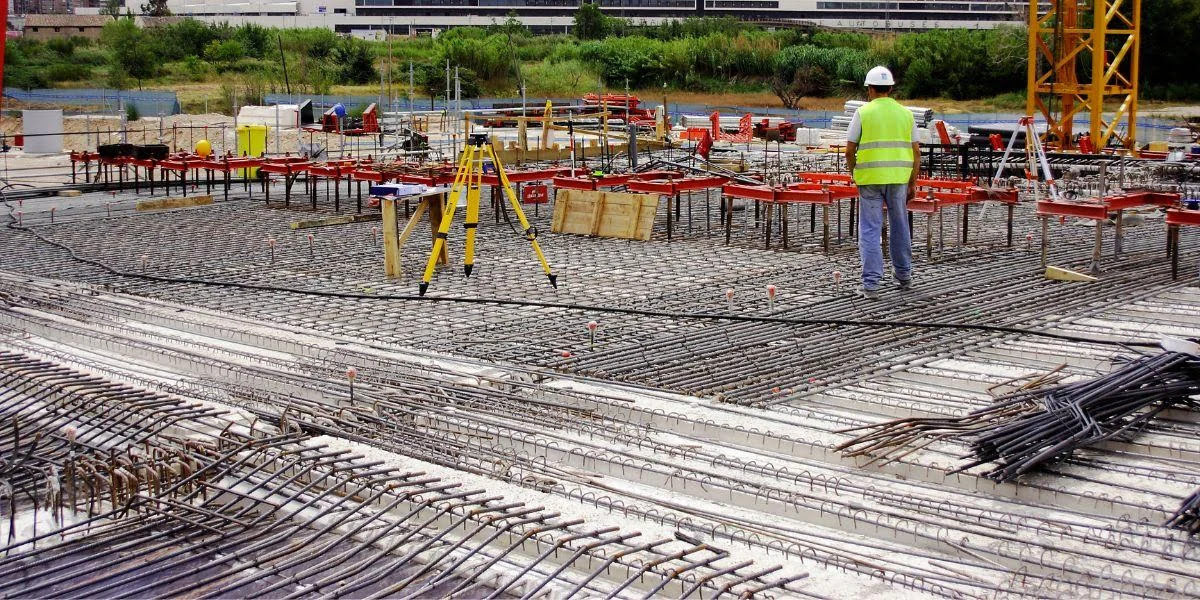



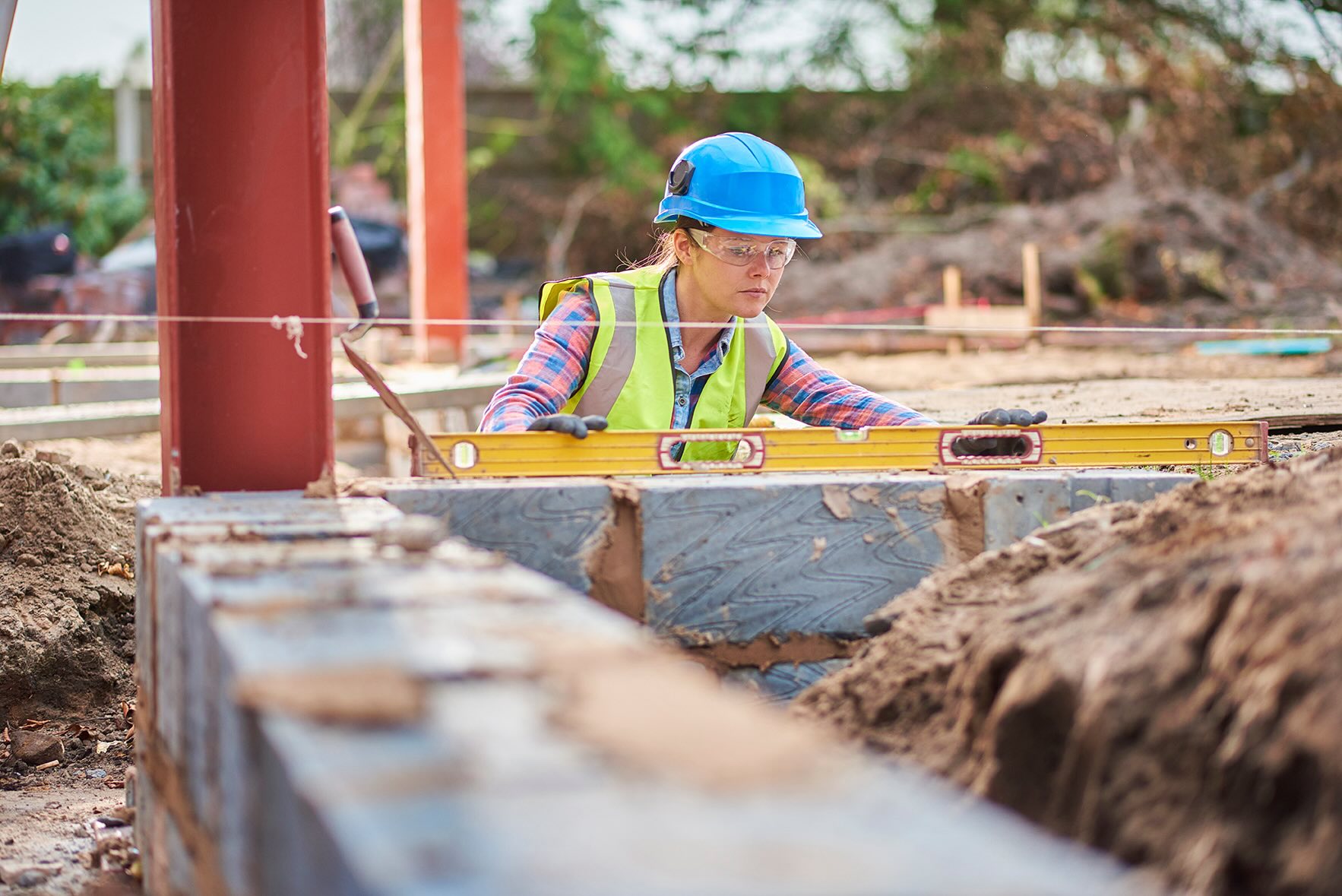
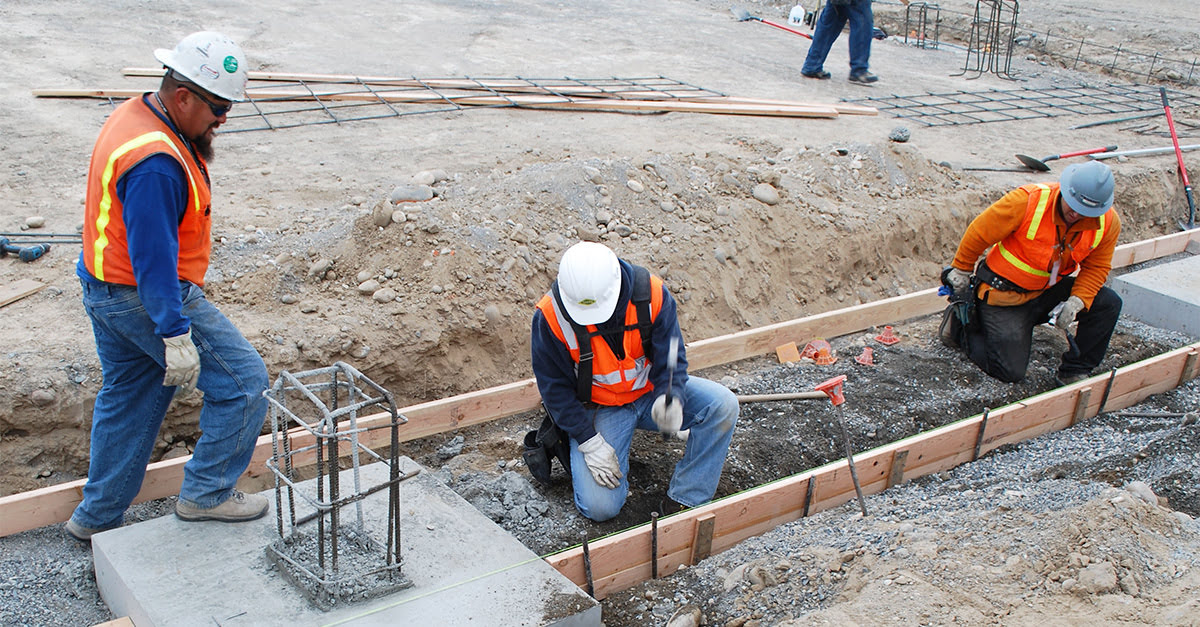

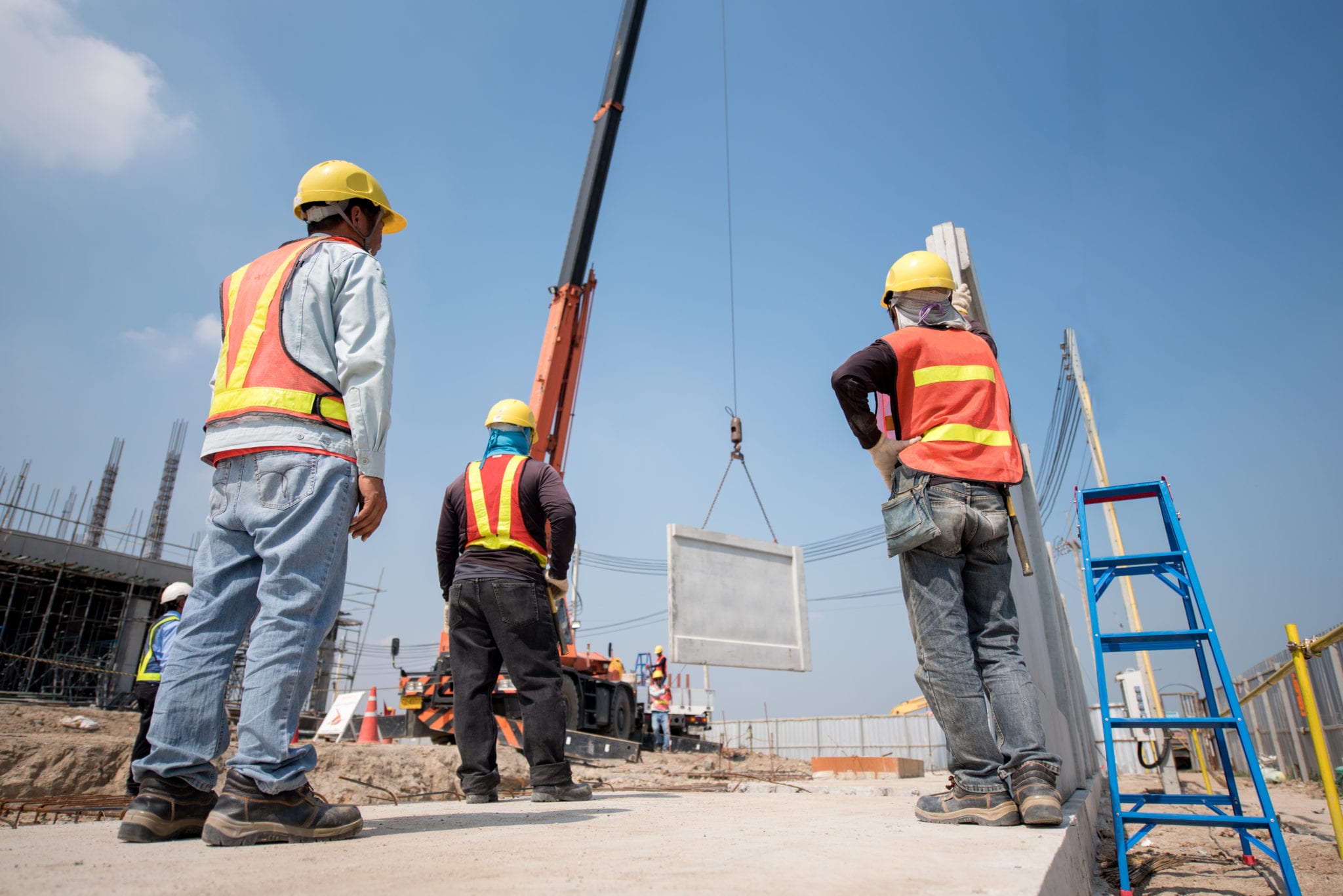
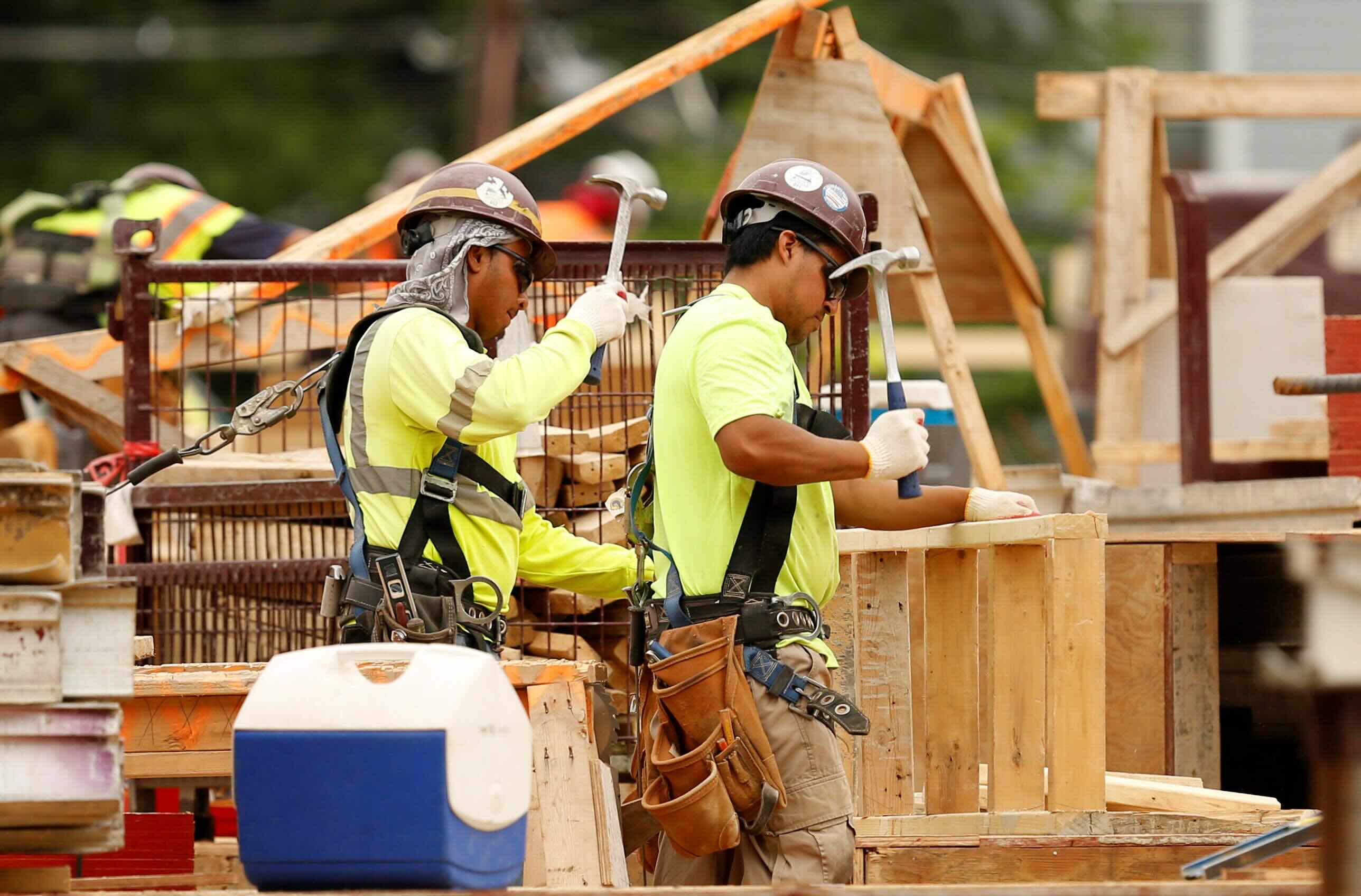

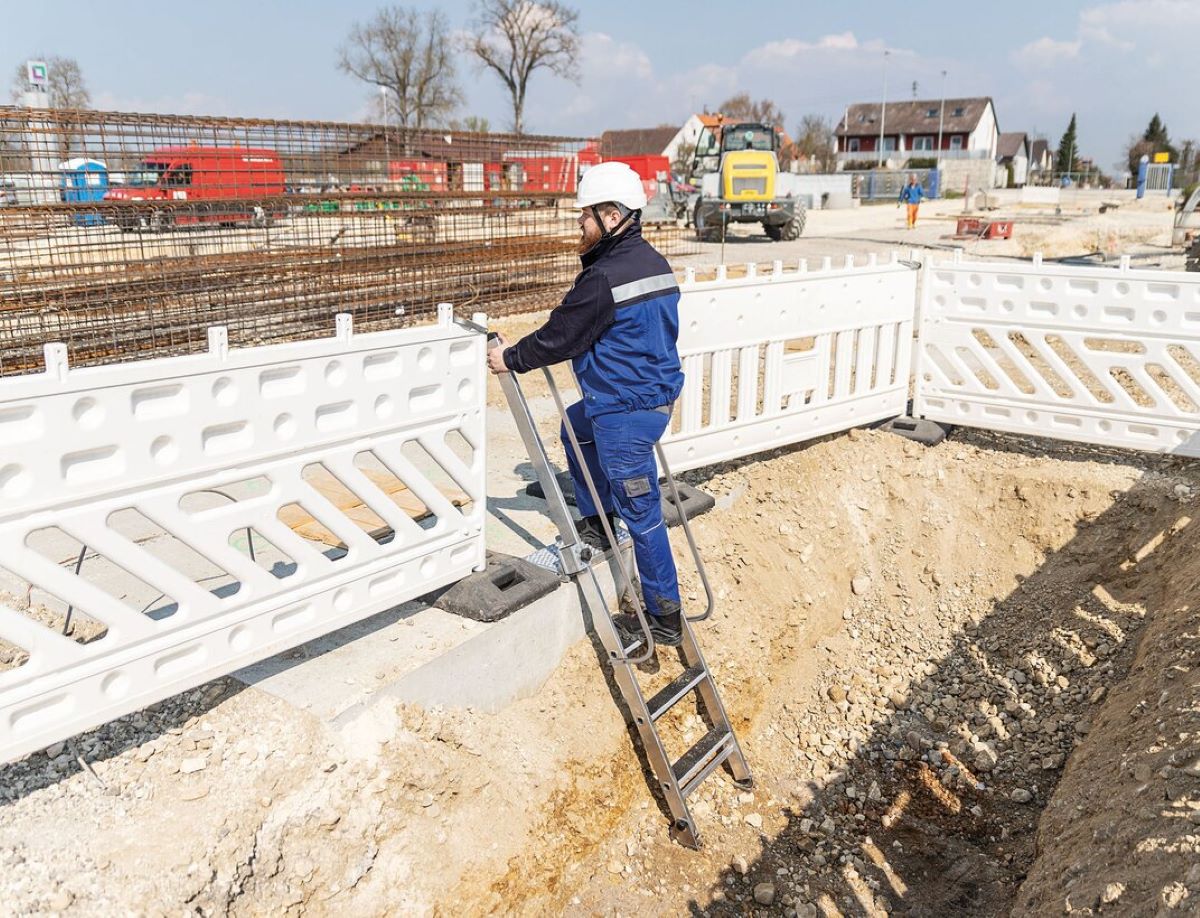


0 thoughts on “What Is Excavation Work In Construction”